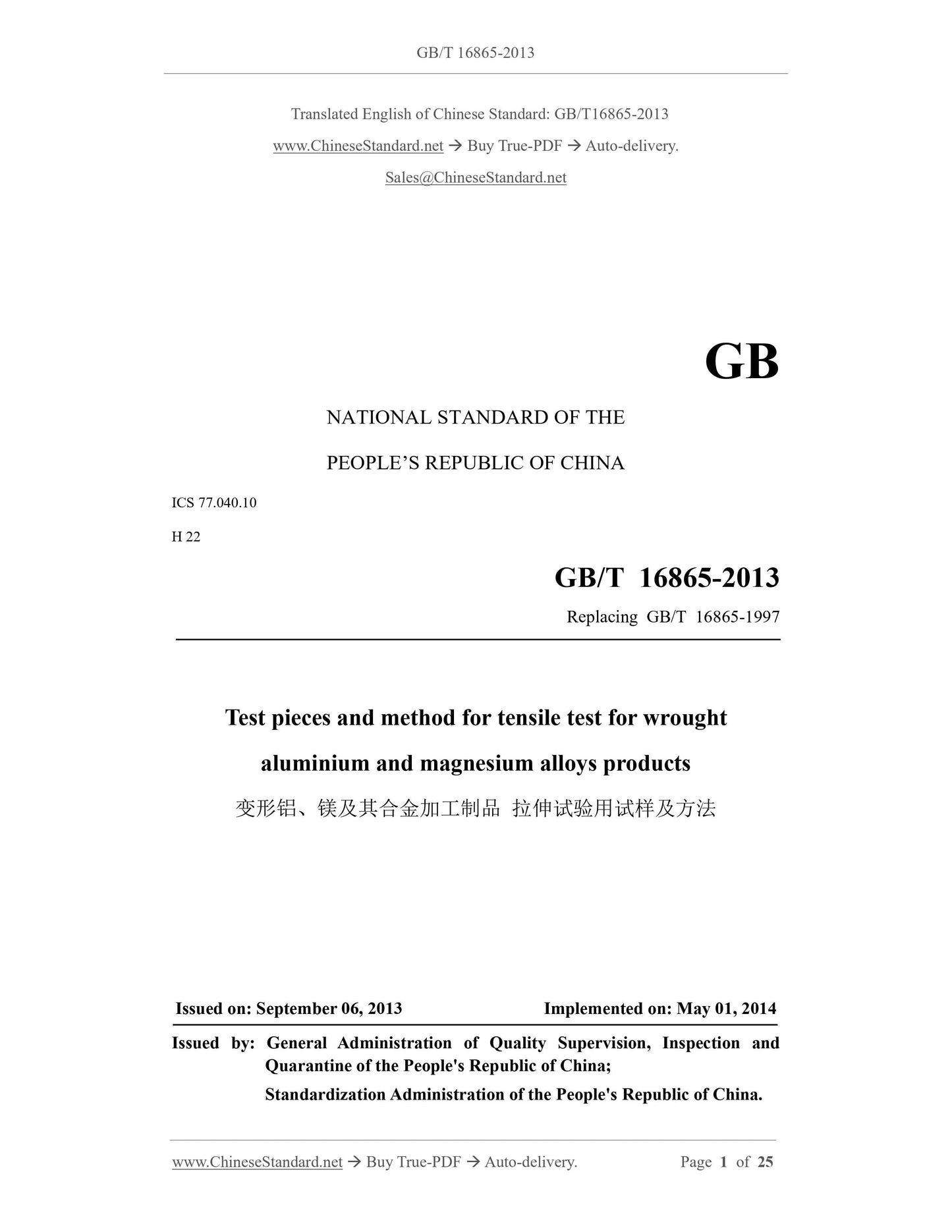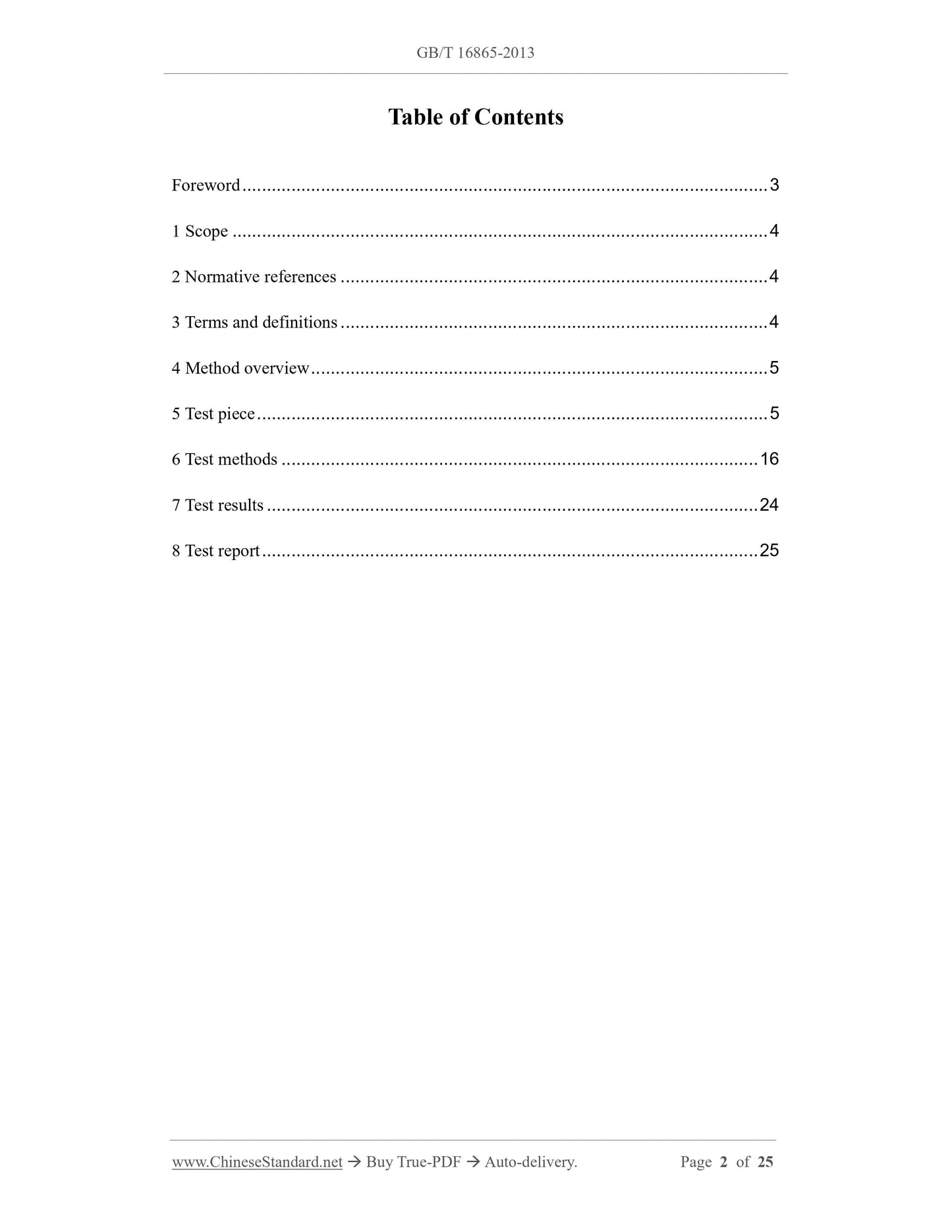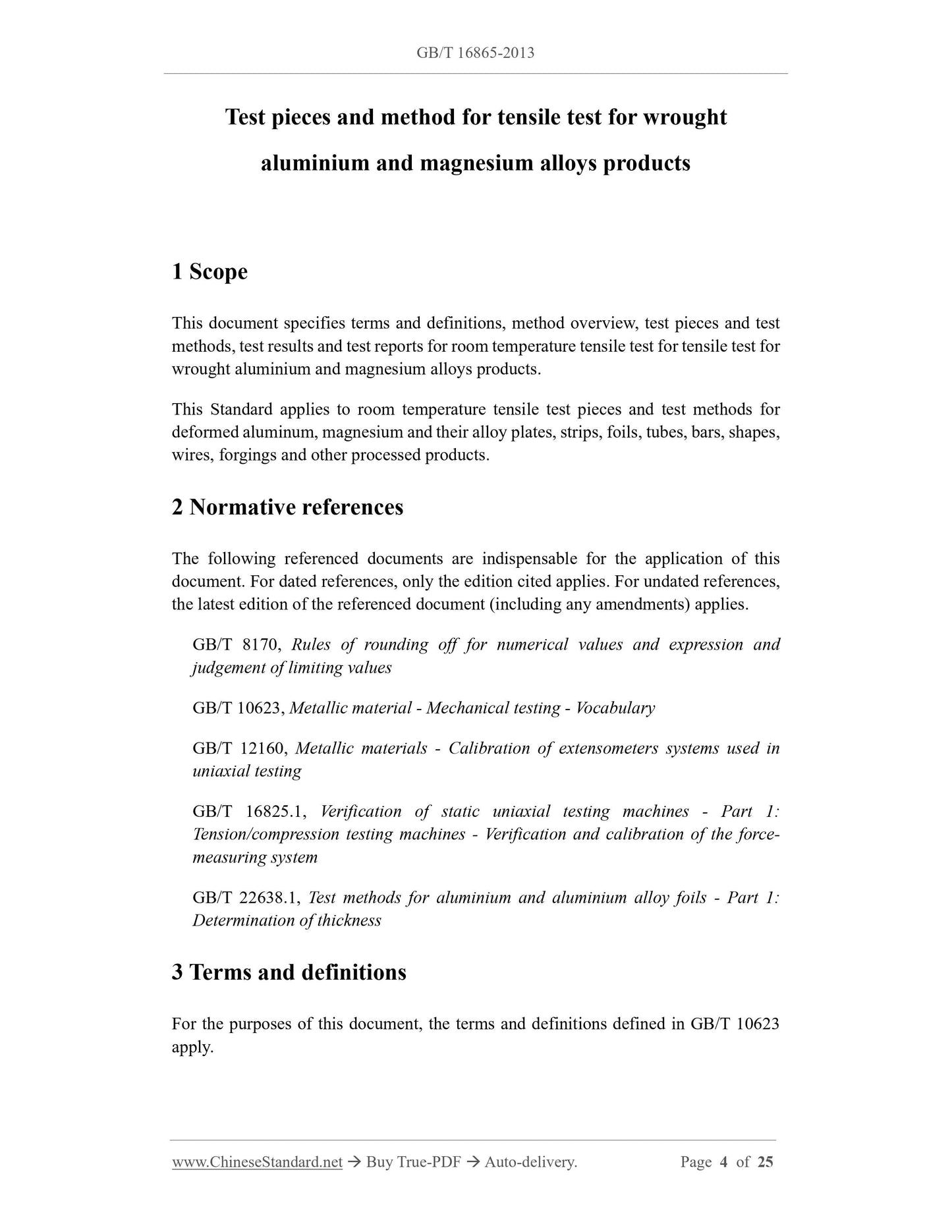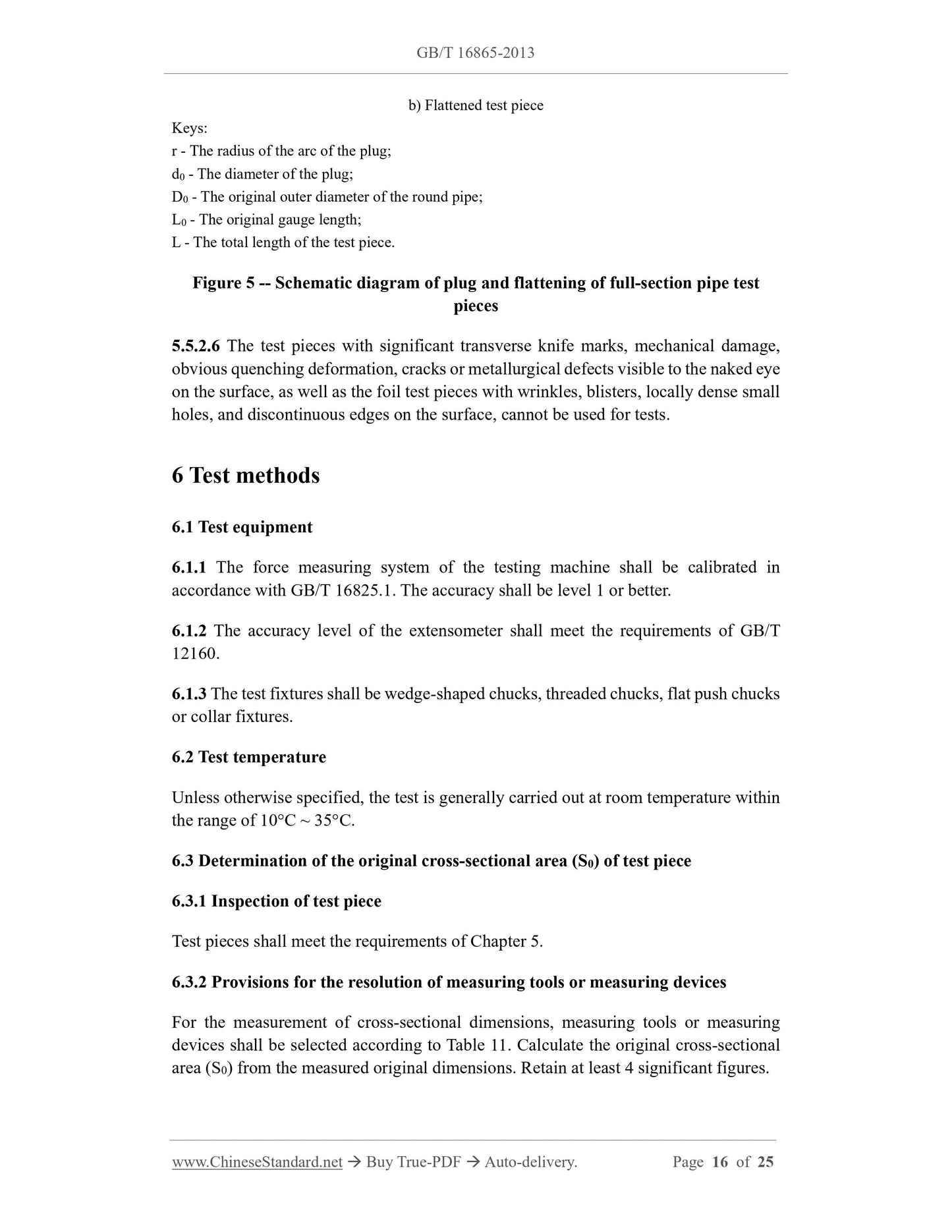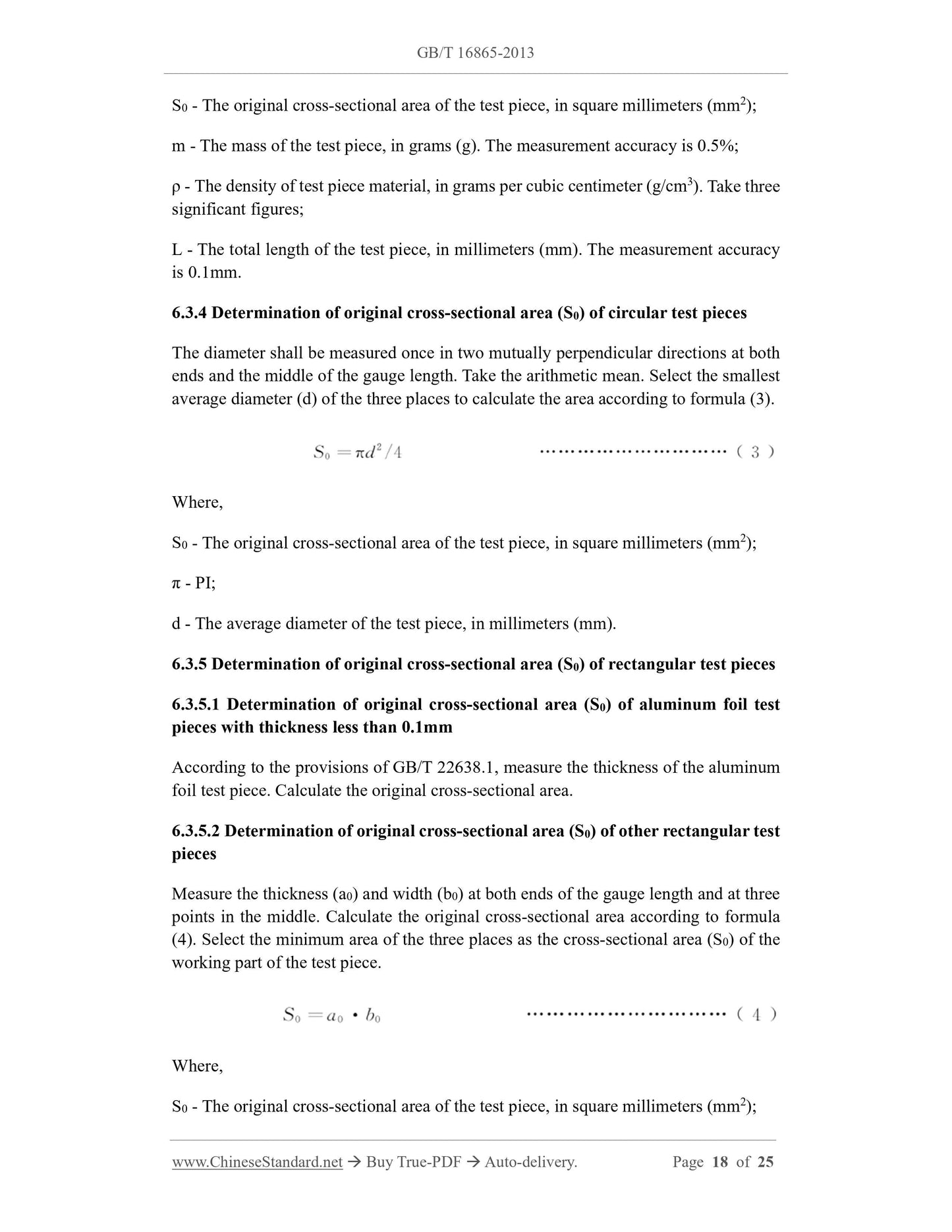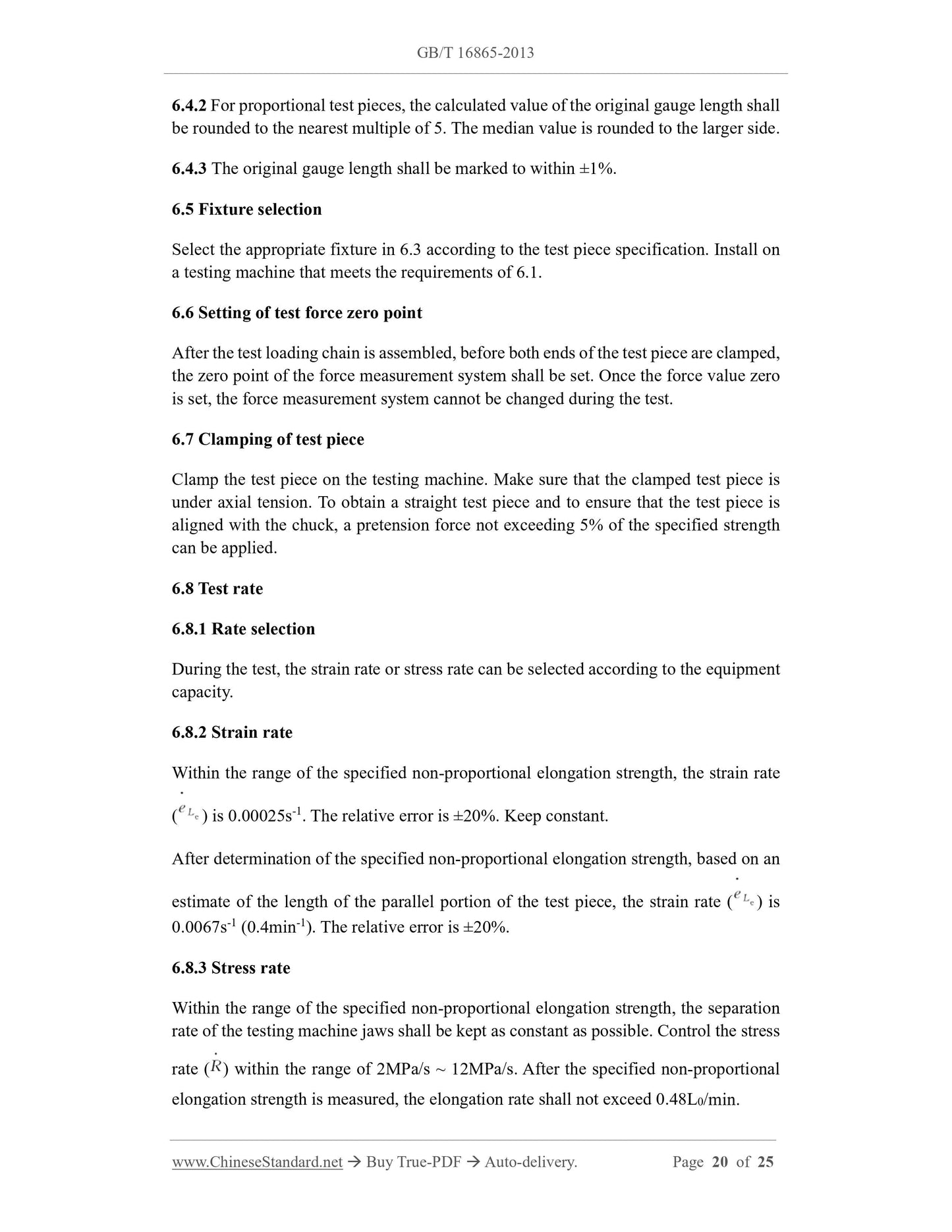1
/
of
6
PayPal, credit cards. Download editable-PDF and invoice in 1 second!
GB/T 16865-2013 English PDF (GB/T16865-2013)
GB/T 16865-2013 English PDF (GB/T16865-2013)
Regular price
$185.00
Regular price
Sale price
$185.00
Unit price
/
per
Shipping calculated at checkout.
Couldn't load pickup availability
GB/T 16865-2013: Test pieces and method for tensile test for wrought aluminium and magnesium alloys products
Delivery: 9 seconds. Download (and Email) true-PDF + Invoice.Get Quotation: Click GB/T 16865-2013 (Self-service in 1-minute)
Newer / historical versions: GB/T 16865-2013
Preview True-PDF
Scope
This document specifies terms and definitions, method overview, test pieces and testmethods, test results and test reports for room temperature tensile test for tensile test for
wrought aluminium and magnesium alloys products.
This Standard applies to room temperature tensile test pieces and test methods for
deformed aluminum, magnesium and their alloy plates, strips, foils, tubes, bars, shapes,
wires, forgings and other processed products.
Basic Data
| Standard ID | GB/T 16865-2013 (GB/T16865-2013) |
| Description (Translated English) | Test pieces and method for tensile test for wrought aluminium and magnesium alloys products |
| Sector / Industry | National Standard (Recommended) |
| Classification of Chinese Standard | H22 |
| Classification of International Standard | 77.040.10 |
| Word Count Estimation | 18,119 |
| Older Standard (superseded by this standard) | GB/T 16865-1997 |
| Quoted Standard | GB/T 8170; GB/T 10623; GB/T 12160; GB/T 16825.1; GB/T 22638.1 |
| Adopted Standard | ASTM B557M-2010; NEQ |
| Regulation (derived from) | National Standards Bulletin 2013 No. 17 |
| Issuing agency(ies) | General Administration of Quality Supervision, Inspection and Quarantine of the People's Republic of China, Standardization Administration of the People's Republic of China |
| Summary | This standard specifies: deformation of aluminum, magnesium and their alloys processed products room temperature tensile testing Terminology and definitions, methods overview, sample and test methods and test results and test reports. This standard applie |
Share
